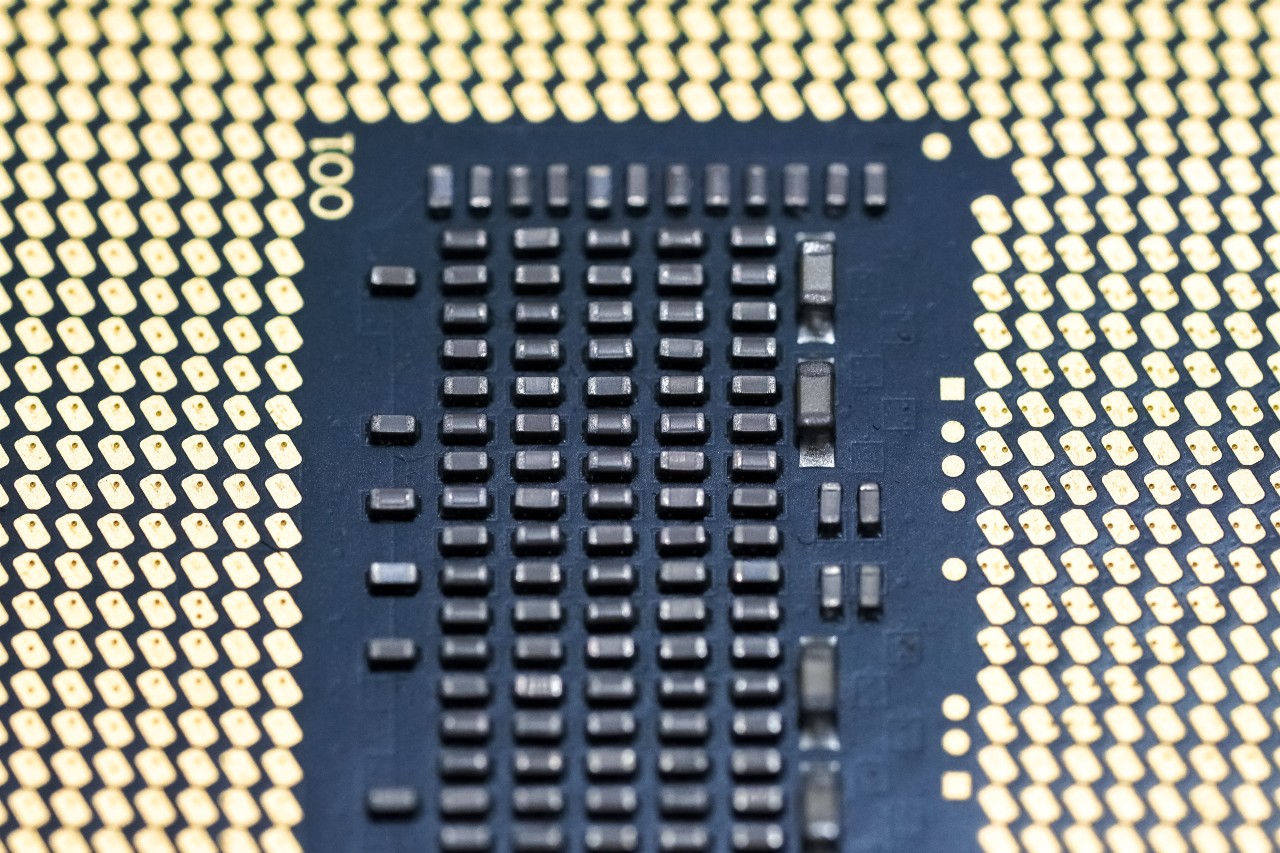
In 2020, Professor C David Wright, Co-Director at the University’s Centre for Metamaterials Research & Innovation and who has a long-standing relationship with IBM, worked with an international team of researchers to pioneer a next-generation computer accelerator chip which processes data using light, rather than electronics.
The new approach – developed by researchers from IBM Research Zurich and the Universities of Münster, Oxford, Exeter, Pittsburgh and École Polytechnique Fédérale – will rapidly speed up machine learning, and led the researchers to file a patent and spin-out company for the pioneering technology.
Professor Wright, who leads the EU project Fun-COMP which funded this work, said: “Conventional computer chips are based on electronic data transfer and are comparatively slow, but light-based processors – such as that developed in our work – enable complex mathematical tasks to be processed at speeds hundreds or even thousands of times faster, and with hugely reduced energy consumption.”
Matrix-vector (MV) multiplications lie at the heart of modern computing – from AI to machine learning and neural network processing – and the imperative to carry out such calculations at ever-increasing speeds, but with ever-decreasing energy consumption, is driving the development of a whole new class of processor chips, called tensor processing units (TPUs).
The team of researchers developed a new type of photonic TPU – one capable of carrying out several MV multiplications at the same time and in parallel, by using a chip-based frequency comb as a light source, along with wavelength-division-multiplexing.
The matrix elements were stored using phase-change materials – the same material currently used for re-writable DVD and BluRay optical discs – making it possible to preserve matrix states without the need for an energy supply.
“Our results could have a wide range of applications”, explained Prof. Harish Bhaskaran from the University of Oxford, a key member of the team. “A photonic TPU could quickly and efficiently process huge data sets used for medical diagnoses, such as those from CT, MRI and PET scanners.”
Further applications could also be found in self-driving vehicles – which depend on rapidly evaluating data from multiple sensors – as well as for the provision of IT infrastructure such as cloud computing.
The team of researchers were led by the University of Münster’s Prof Wolfram Pernice, and the results were published in the leading scientific journal Nature in January 2021. The study received financial support from the EU project “Fun-Comp” (see www.fun-comp.org) and from the European Research Council (ERC Grant “PINQS”).
Since the patent was filed, co-inventors from the University of Oxford and Münster have created a spin-out company, Salience Labs, to take the technology to a wider market.
Professor C David Wright has a long-standing relationship with IBM. Over the past 15 years, he has worked closely with Dr Abu Sebastian and Dr Haris Pozidis at IBM Research Zurich, on a number of cutting-edge research projects to develop novel memory and computing devices.
These include the €10 million ProTeM Project developing probe-based terabyte memories; the €4 million CareRAMM Project, developing carbon-based non-volatile memories, and now the Phoenics project, a follow-on to Fun-COMP where the researchers will develop a fully-on-chip photonic TPU.
Together, Professor Wright and IBM Research Zurich have co-published their research in world-renowned academic journals such as Nature, Science and ACS Publications.
Over the years, Professor Wright has also placed a number of University of Exeter PhD students with IBM Research Zurich, such as Peiman Hosseini, who has since set up his own company, Bodle Technologies, which built on the ideas developed during his PhD, and on which the two published a Nature paper.